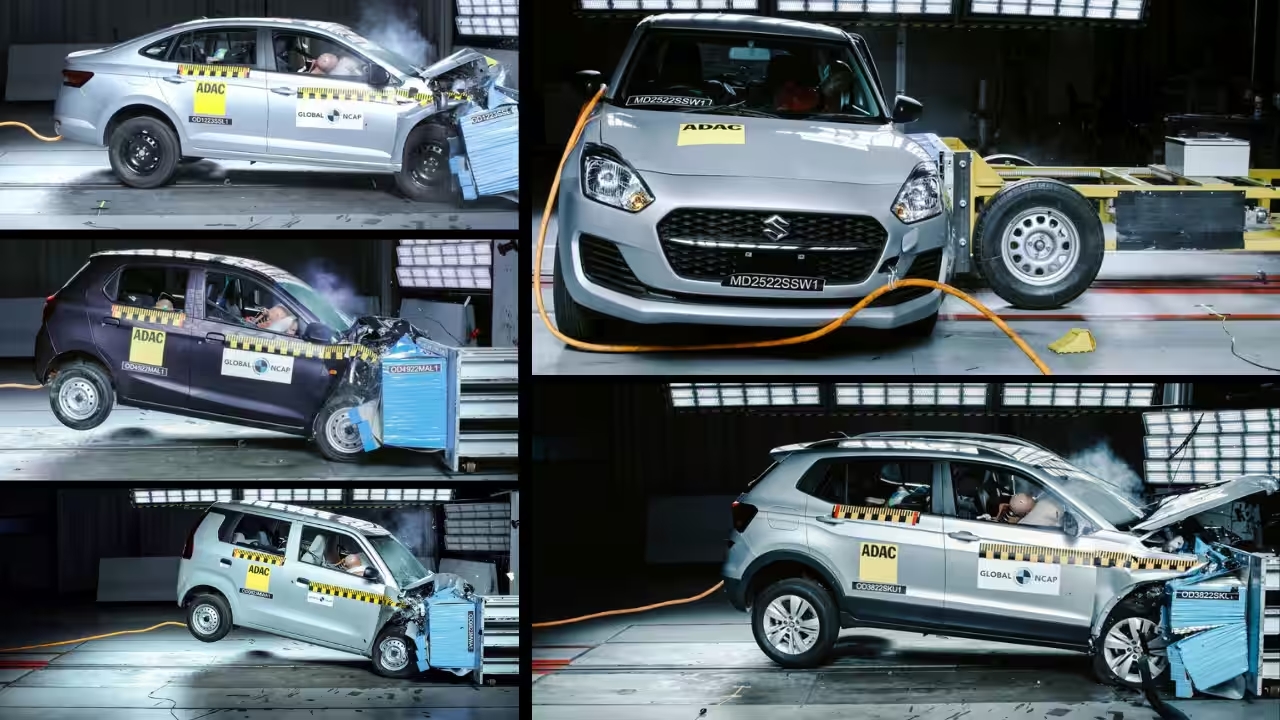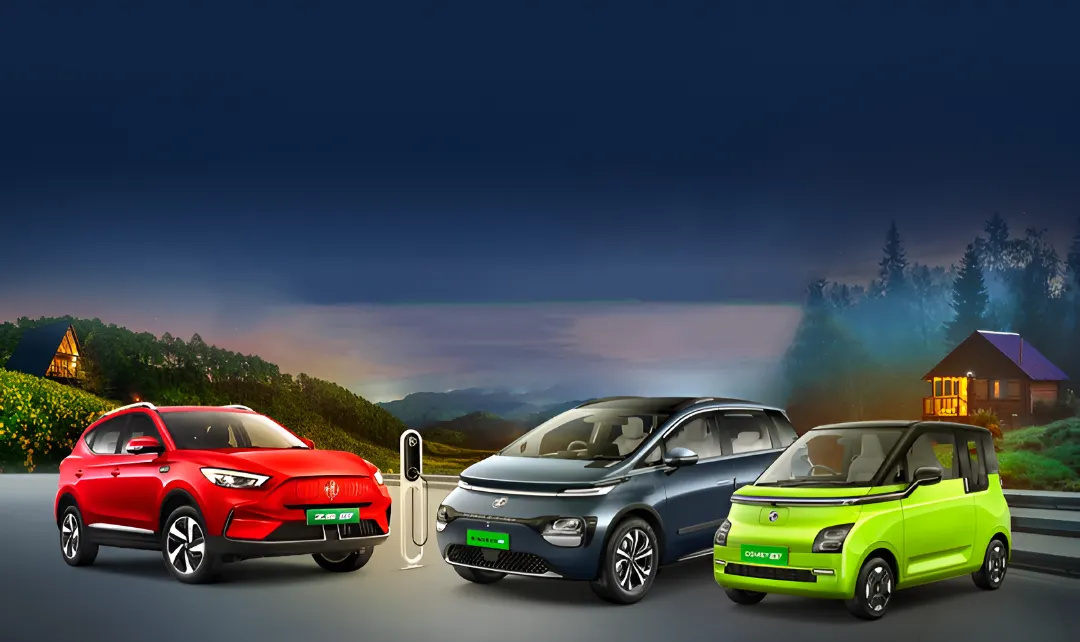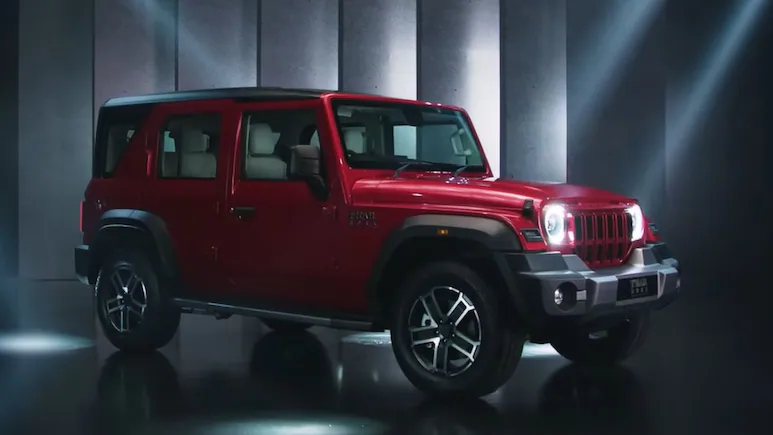What is Bharat NCAP?
The Bharat New Car Assessment Programme (BNCAP), commonly known as Bharat NCAP, is an Indian car safety assessment program designed for new vehicles manufactured or sold in India. It was introduced in October 2023 and follows a similar safety standard as the Global NCAP (GNCAP).
What is Global NCAP?
Established in 2011, the Global New Car Assessment Programme (GNCAP) focuses on enhancing vehicle safety across different markets, including India. Its campaigns, such as #safercarforIndia and #safercarsforAfrica, aim to encourage manufacturers to produce safer vehicles comparable to those sold in Western markets.

What are the BNCAP Testing Procedures and Requirements?
Like GNCAP, Bharat NCAP evaluates cars based on a star rating system, from 1 star (lowest) to 5 stars (highest), assessing them on:
- Adult occupant protection
- Child occupant protection
- Safety feature fitment
The testing includes:
- Offset front impact
- Side impact
- Side pole impact (for vehicles scoring three stars and above)
What is a Crash Test? How are Vehicles Selected?
A crash test simulates real-world accidents under controlled conditions using advanced technology to enhance vehicle safety. Vehicles are tested at specific speeds: 64 km/h for front impacts, 50 km/h for side impacts, and 29 km/h for side pole impacts. Cars for BNCAP testing are chosen based on sales (at least 30,000 units) and recommendations from the Ministry of Road Transport and Highways (MoRTH). Testing is conducted with the car’s manufacturer present, and results are shared with them before being published on the BNCAP website.

BNCAP Ratings Explained:
5-star Rating: Excellent performance with ESC, pedestrian protection, side-head protection, and seatbelt reminders.
4-star Rating: Good performance with the same features as above.
3-star Rating: Good performance, but with some variations.
2-star Rating: Nominal performance with no additional safety technologies.
1-star Rating: Marginal performance, just above regulatory limits.
Also Read: Tips for Car Maintenance and Safety During Monsoon
Difference Between BNCAP and GNCAP:
BNCAP’s maximum score for adult occupant protection is 32 points, compared to GNCAP’s 36. Additionally, GNCAP awards extra points for seatbelt reminders, a feature BNCAP requires for three-star ratings and above.
Impact of Car Safety Features:
In response to increasing safety awareness, manufacturers are including various safety features as standard. In India, two airbags are mandatory, and other features like electronic stability control and lane departure warnings are becoming common. Advanced Driver Assistance Systems (ADAS) are also influencing global safety ratings, as seen in countries like Japan.

How Bharat NCAP Affects Vehicle Owners:
Ultimately, Bharat NCAP aims to enhance vehicle safety, reducing risks for drivers and passengers. With India's challenging road safety statistics, BNCAP’s efforts to improve car safety are a significant step forward, despite the increase in car prices over the past decade.










